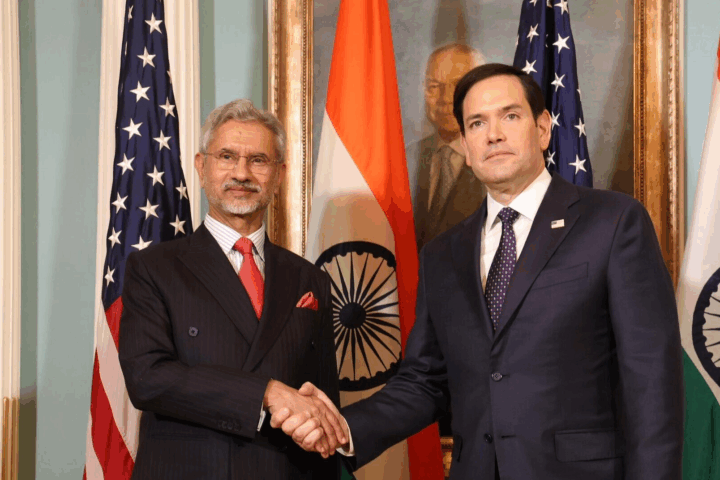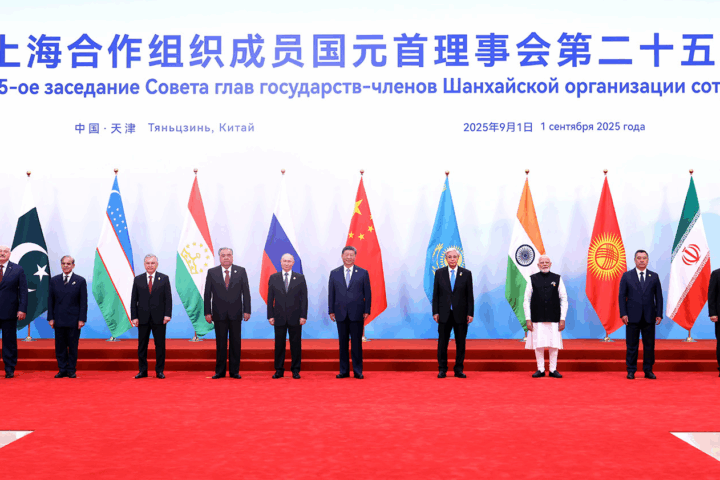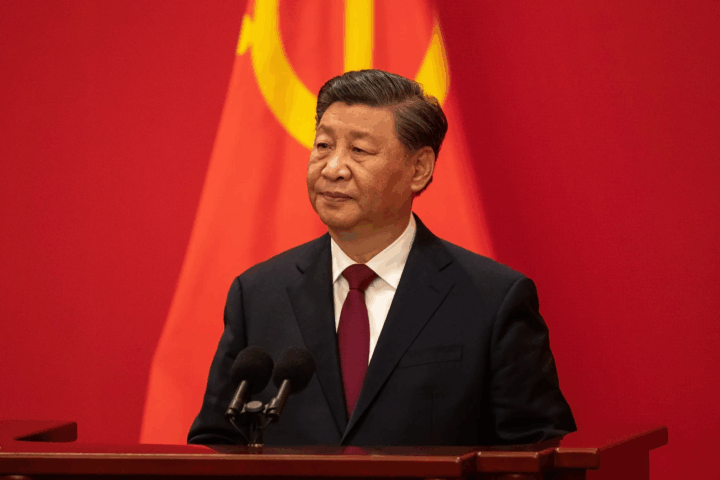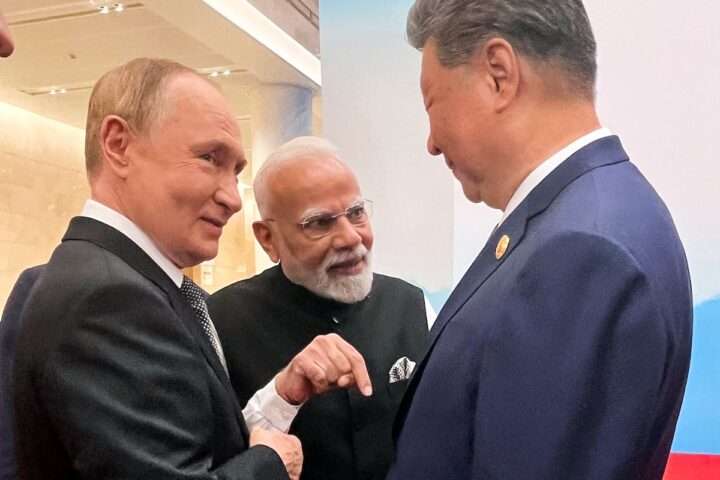India’s patience reached its vanishing point on April 22nd. The attack in Pahalgam wasn’t just another tremor in a conflict-worn valley — it was a rupture. A rupture of restraint. A rupture of every silent vow India had made to hold back until pushed no further. And push it did — the massacre, the sectarian profiling, and the targeting of women turned Pahalgam into a national wound. But from that gash emerged not just grief, but resolve — fierce, unblinking resolve — stamped in vermilion.
Welcome to the age of Operation Sindoor.
#PahalgamTerrorAttack
— ADG PI – INDIAN ARMY (@adgpi) May 6, 2025
Justice is Served.
Jai Hind! pic.twitter.com/Aruatj6OfA
This was not a sudden knee-jerk retaliation. It was the crescendo of strategic calibration, calculated wrath, and a new lexicon in warfare. India, long the quiet sufferer of death by proxy, has finally flipped the script. And it did so not with bombast, but with symbolism — sharp as a blade and as deliberate as the hand that draws a line in the sand.
The Red Line Is Now Vermilion
In Indian tradition, sindoor is sacred — a mark of marriage, of sacrifice, of power. It is the color of the setting sun and of spilled blood. Naming the mission Operation Sindoor was more than a poetic flourish; it was psychological warfare. It signaled that a red line had been crossed — one inked in the sacred and now enforced in the strategic.
Vermilion is no longer just a symbol of devotion — it’s now the mark of deterrence
This wasn’t just about the names on a target list. It was about declaring — loudly — that India would no longer play the gentleman in a brawl. That the gloves were off. That escalation dominance is no longer a theoretical doctrine, but a practiced, precise capability.
Women at the Frontline — And the Forefront
The symbolism didn’t end with the codename. When the operation was explained to the world, it wasn’t via generals in medals or bureaucrats in blazers. It was through women officers — from the Indian Army and the Air Force — flanked by the Foreign Secretary, narrating the mission in calm, strategic detail. In one stroke, India shattered the glass ceiling in national security communication and punched a narrative hole through patriarchal projections of war.

Here was Nari Shakti not as tokenism, but as tactical theatre. Their presence drew a direct ideological contrast — not just against the terrorists behind Pahalgam, but against the state that nurtures them. It was a moment of symbolic reckoning: a woman’s voice delivering retribution for the women widowed by terror.
From Balakot to Bahawalpur: The Evolution of Indian Retaliation
India’s military responses have been growing not only in scale but in sophistication. From 2016’s surgical strikes to the Balakot air raid in 2019, each step was a signal flare — now culminating in Operation Sindoor, a multi-vector mission with nine high-value targets across Pakistan’s terror grid.
When silence is mistaken for weakness, the reply must echo louder than war drums
This was not vengeance; it was deterrence, delivered with precision. Bahawalpur, Muridke, and Sialkot — long considered untouchable due to their symbolic and strategic weight — are no longer safe havens. Bahawalpur struck at the heart of JeM’s command. Muridke rattled the ideological nerve center of Lashkar-e-Taiba. Sialkot hit Pakistan’s forward military-industrial teeth — a warning that the shadow war is no longer fought in shadows.
Pakistan’s Response: A Familiar Playbook, A New Reality
Predictably, Pakistan struck back. Or tried to. A coordinated missile and drone attack across a wide Indian arc was not just thwarted — it was rendered impotent. India’s air defences, bolstered by the S-400 system and indigenous UAS countermeasures, made short work of it. In response, India didn’t carpet bomb or indulge in a retaliatory show of strength. Instead, it surgically blinded Pakistani air defences in Lahore and Rawalpindi — a silent, scalpel-sharp message: “We see you. You can’t see us.”
And perhaps for the first time, Pakistan’s deep state seems unsure whether to escalate or retreat. The old script — strike, deny, threaten — is unraveling.
The Unseen Theatre: Sea, Sky, Sanctions
As tension simmers, India is applying pressure across multiple domains. The Navy’s reported threat to Pakistan’s sole commercial port could be a game-changer. In an economy already choking on debt and diplomatic isolation, maritime uncertainty is a death sentence. No ships, no fuel. No fuel, no fight.
And while India hasn’t yet unsheathed its full economic arsenal, the shadow of the Indus Waters Treaty suspension looms ominously. For a nation already parched of credibility, a literal drought could be next.
The Line Has Shifted — Forever
India isn’t seeking war. But it’s done being a victim of one waged in the shadows. The LoC is live, and so is New Delhi’s will. Operation Sindoor is not just a military message — it’s a doctrinal shift. It’s the declaration that hybrid wars will be met with hybrid justice. It’s the dawn of a new red line — one drawn in sacred vermilion, not to be crossed lightly.
Pakistan now stands at a precipice, looking down into an abyss of its own making. India, on the other hand, has finally turned its grief into grit, its sorrow into strategy, and its pain into power.
This isn’t just payback. It’s precedent.











